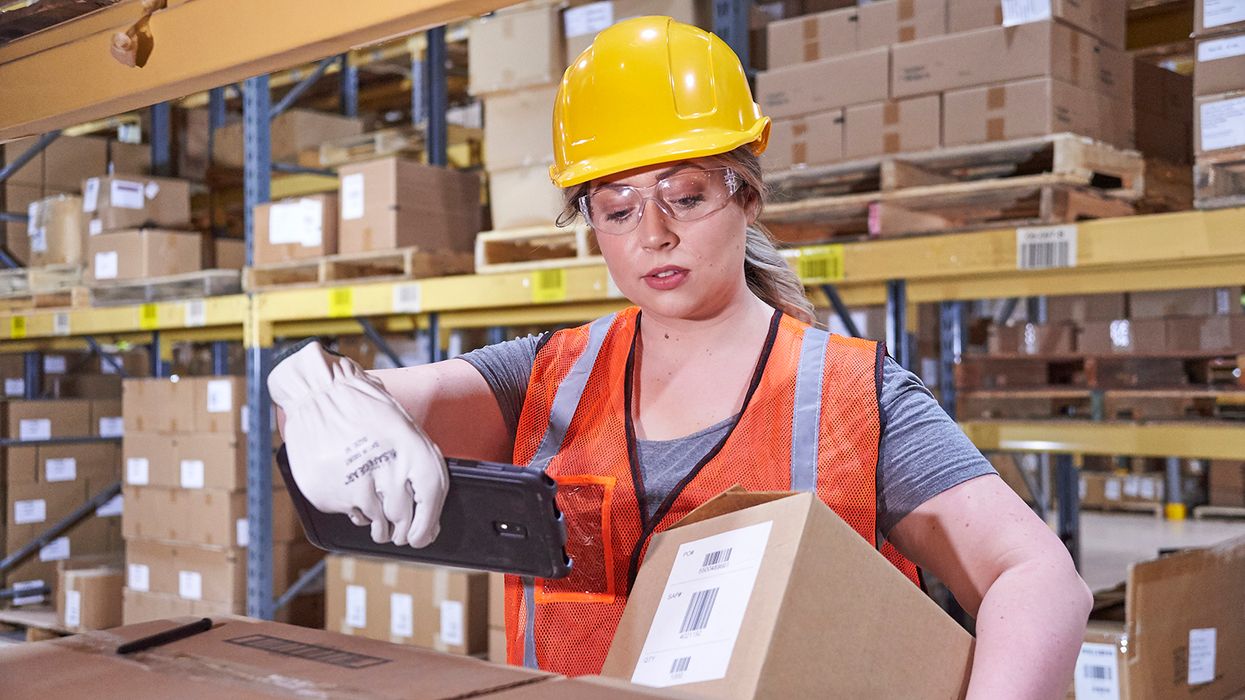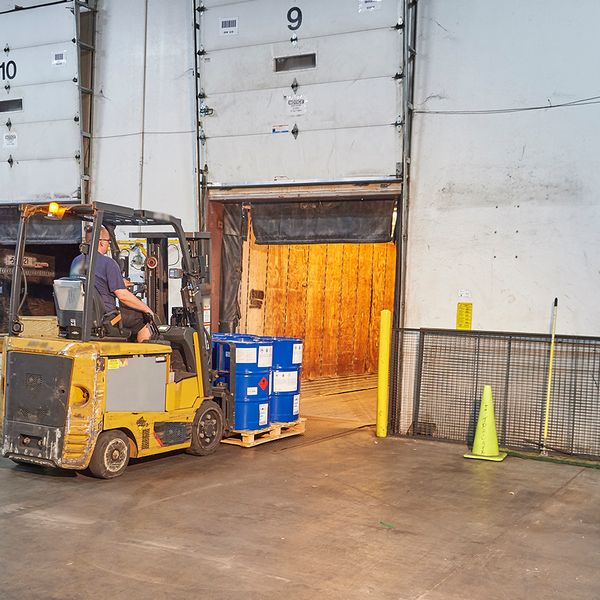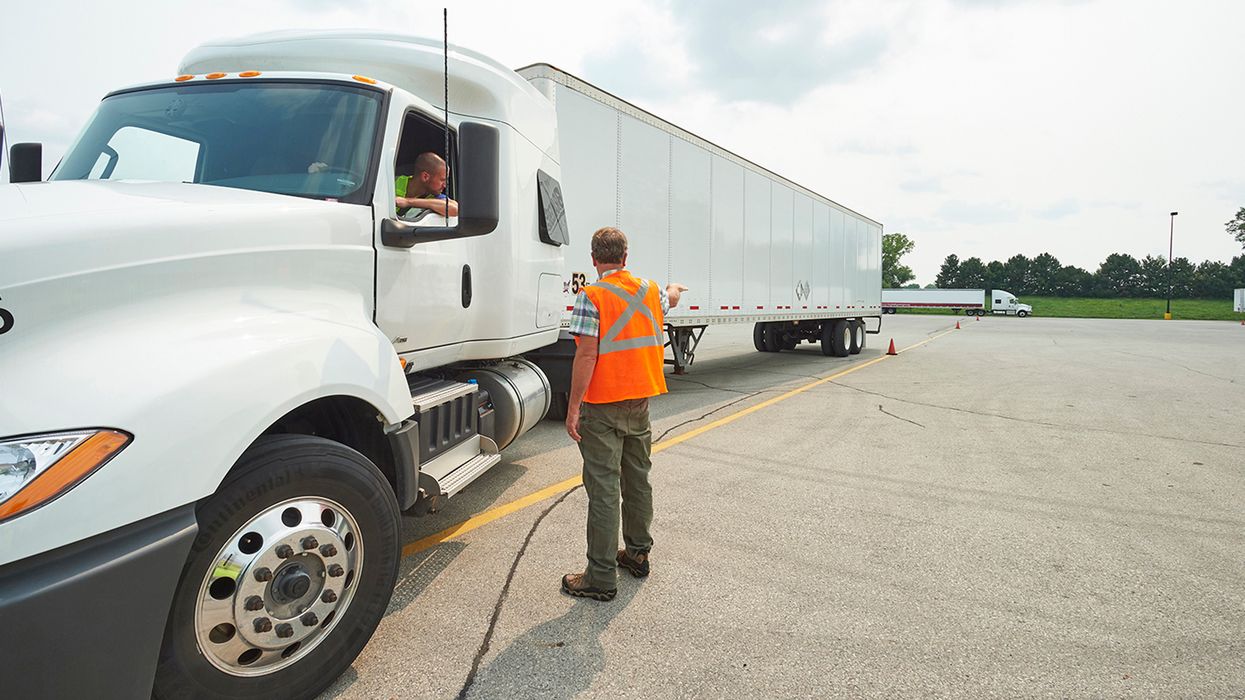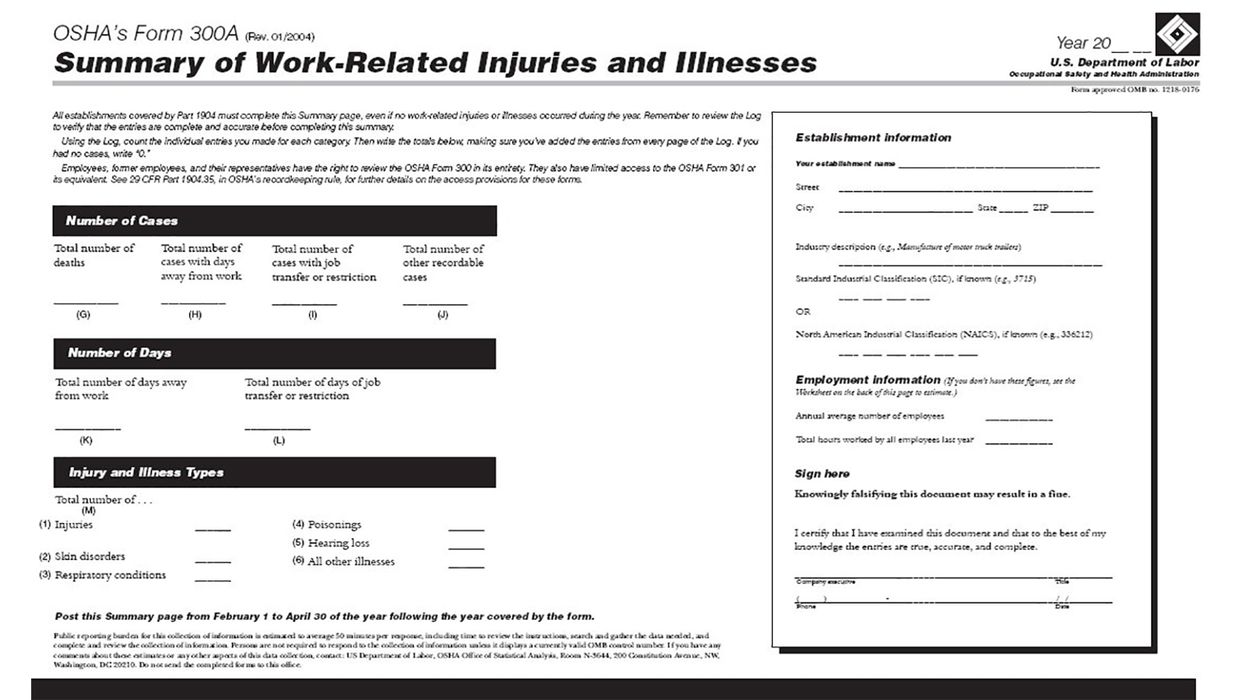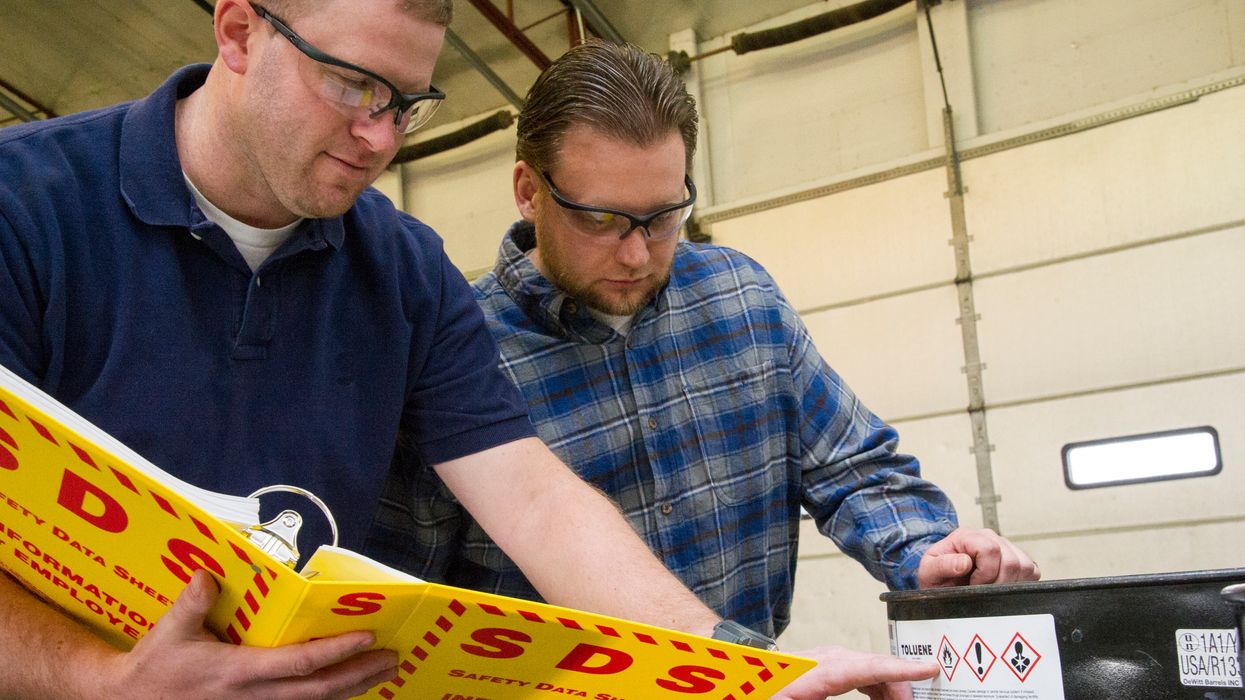You could be shipping undeclared hazmat and not even know it
In the bustling world of online shopping, shipping goods is a massive part of the global economy. However, lurking among the millions of packages are some hidden dangers: undeclared hazardous materials. When these aren't properly identified, they can pose serious risks to health, safety, and the environment.
Undeclared hazardous materials are dangerous goods that slip through the cracks during shipping. They’re missing the necessary paperwork, markings, labels, or other hazard communication required by regulations. They can include explosives, poisons, corrosives, flammables, and even radioactive materials. Not declaring these can lead to serious incidents, especially in air transportation, where accidents can be catastrophic.
Need additional information on classifying hazmat? Check out this ezExplanation.
The risks involved
Shipping undeclared hazardous materials increases the risk of accidents that can endanger lives, property, and the environment. For example, a mislabeled package containing flammable materials could catch fire, causing explosions. Similarly, corrosive substances can leak and damage other cargo, vehicles, and even harm people handling the packages.
Causes of undeclared shipments
One major reason for undeclared hazardous materials is a lack of knowledge among shippers. Many people and businesses aren't aware of the regulations for transporting dangerous goods. This leads to improper packaging, labeling, and documentation, resulting in undeclared shipments. Also, some shippers may intentionally avoid declaring hazardous materials to bypass regulations and cut shipping costs, making the problem worse.
Preventing undeclared hazardous materials
Preventing shipments of undeclared hazardous materials requires a combination of education, regulation, and enforcement. Here are some key strategies:
- Education and training: Shippers need to be educated about the regulations and risks associated with hazardous materials. This includes understanding how to classify, package, label, and document these materials correctly. Bolstering your training program can be very helpful.
- Proper documentation: Ensuring that all hazardous materials have the necessary shipping papers and declarations is crucial. These documents provide important information about the materials, allowing for proper handling and emergency response if needed.
- Visual markings and labels: Packages containing hazardous materials should be clearly marked and labeled according to regulatory standards. This helps in quickly identifying potential hazards and ensures that the materials are handled with the right precautions.
- Regulatory compliance: Following the Hazardous Materials Regulations and other relevant guidelines is essential. These regulations outline the requirements for the safe transportation of hazardous materials, including packaging standards, labeling requirements, and documentation procedures.
- Enforcement and penalties: Regulatory bodies must enforce compliance through inspections and penalties for violations. This helps deter intentional non-compliance and ensures that shippers take the necessary precautions to declare hazardous materials properly.
- Public awareness campaigns: Raising awareness among the general public about the risks of undeclared hazardous materials can also play a significant role. Informing consumers about the potential dangers and encouraging them to check for proper labeling and documentation when shipping goods can help reduce the occurrence of undeclared shipments.
Key to remember: The safe transportation of hazardous materials is a shared responsibility that requires vigilance, education, and adherence to regulations. By taking proactive steps to prevent undeclared hazardous materials, we can protect lives, property, and the environment from the hidden dangers that these materials pose.

